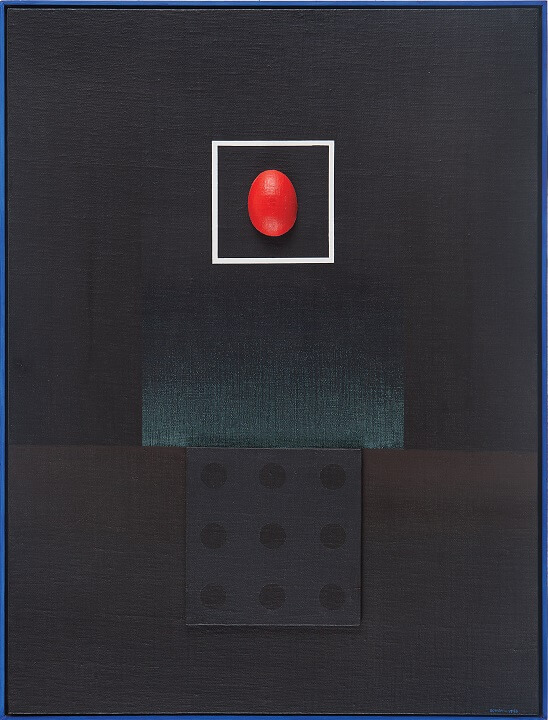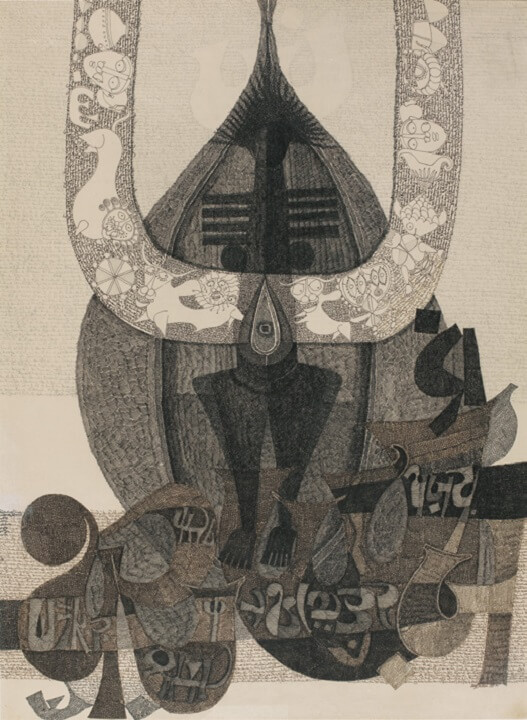The Seventies Show: Visual Memoirs of Indian Modernists
The decade of the seventies was a heady roller coaster ride, marking a period of innovation, experimentation, political upheaval and economic changes. The Seventies Show presented by DAG revisits the decade to give us a peek into the high tide of modern art in this period of transformation. It follows The Sixties Show which was the inaugural show after the recent opening of DAG’s new art space at The Claridges in Lutyens’ Delhi. Over the years, DAG has become internationally acclaimed for putting together prominent, well curated exhibitions of Indian modernists. This exhibition brings together 51 artworks across various media that are deeply reflective and psychologically charged responses to the political turmoil, idealism, freedom, burst of creativity and feverish joie de vivre that characterized the seventies.
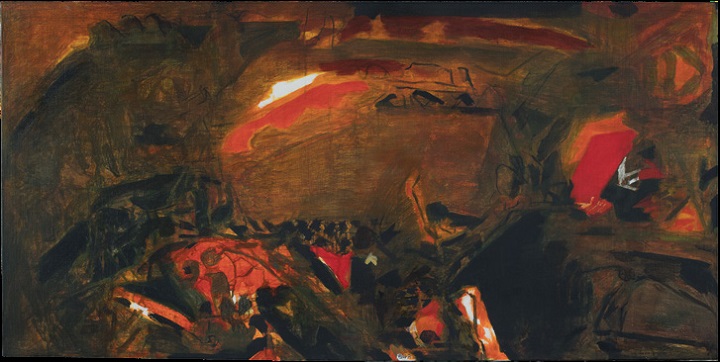
Artworks on display are pieces by Indian Folk Modernists, High Modernists, luminaries of the Progressive Artists’ Group, indigenous modernists of the Madras Art movement, artists of Group 1890 and exponents of the Neo-Tantra movement. Significantly most of the artists featured in this artful medley have stayed abroad or have had short overseas stints in various phases of their art careers. They draw from experiences that are not explicitly Indian, yet have strong moorings that are unmistakably Indian.
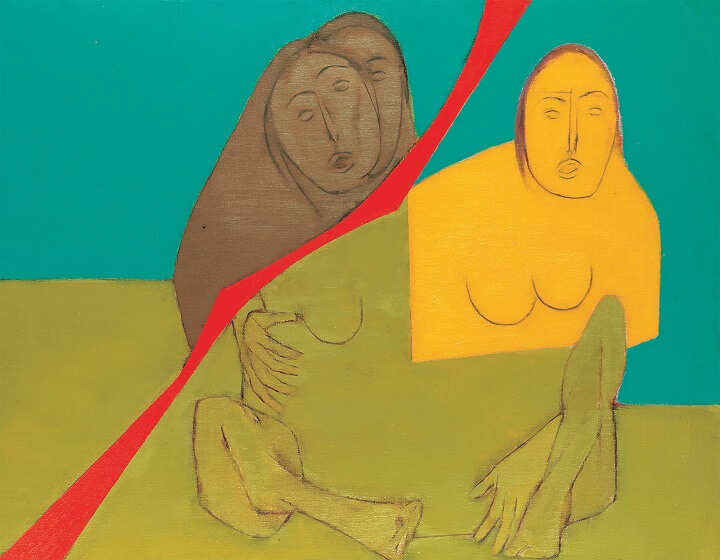
Tyeb Mehta, Diagonal Series, 1972
In 1969, the diagonal became a key device in Tyeb Mehta’s Diagonal series which he created through the 1970s. This was a distinct shift from his earlier works which were coloured with Francis Bacon’s expressionist influences and minimalist influences from his stint in New York as a Rockefeller Fellow. In the work on display – Diagonal Series 1972, the red diagonal is a sword that divides the seated figure from other presences in its consciousness. The diagonal could also connote the slash of division caused by the partition of India. The fact that most human figures in this series have open mouths and brooding faces is also attributed to the trauma of partition embedded in Mehta’s psyche.
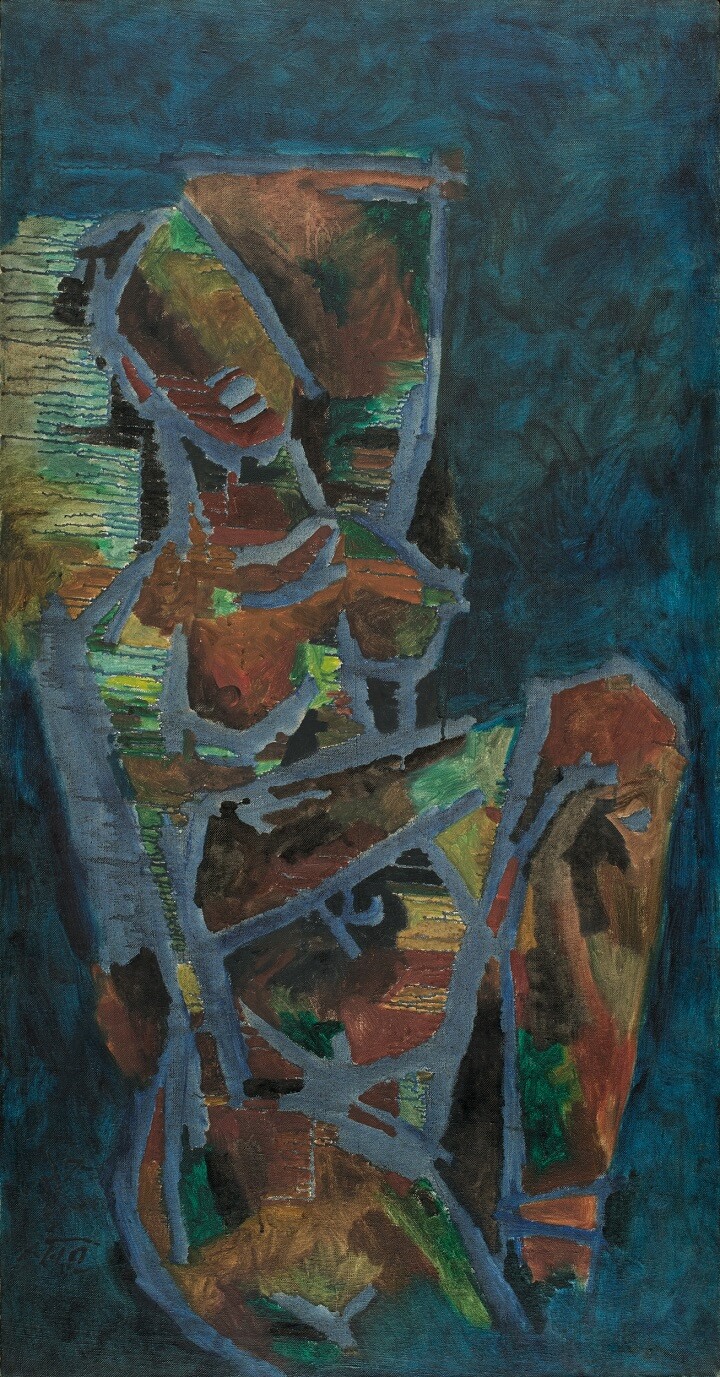
MF Husain’s painting on display is an untitled work from 1970 depicting a statuesque feminine figure -the style is unmistakably Husain, the colours are not. Satish Gujral’s untitled work from 1974 is an hourglass in metal. This work is a culmination of Gujral’s experiments with discarded metal. Interestingly S.H. Raza’s work on display (Evasion 1974) is not one of his instantly recognizable works with geometric abstractions and the recurrent bindu motif. In this work he has employed ‘gestural abstraction’, a stylistic turning point in his career, working with bold brushstrokes in blazing red, burnt sienna, black and green.
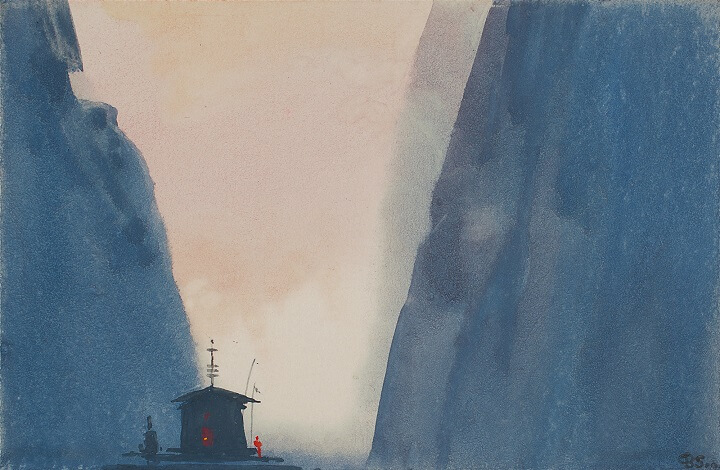
Bireswar Sen, The Golden Lamp of Chenrezi, 1970
Displayed on a prominent wall are mesmerizing, matchbox sized watercolours by Bireswar Sen. When viewed through a magnifying glass, they reveal intricate detailing. Rendered with painstaking precision are lonesome figures against the backdrop of nuanced skies, lofty mountain peaks and changing terrains. The mystical and spiritual sensibility of these works is attributed to the deep impact of the Russian painter Nicholas Roerich’s works on Sen’s art.
Oslo 1976 was painted by Eric Bowen in Norway and is very typical of his Tantra inspired works of the 1970s. In Linga 1970-71, P.T. Reddy has used vibrant colours, neo tantric imagery and the metaphor of yoni-linga to depict the concept of Shiva (male) and Shakti (female) cosmic creation. G.S. Santhosh’s Untitled -1978 uses geometric neo-tantra symbols. Ganesh Haloi’s Untitled (Subamarekha Series) 1976 is the abstract rendering of a landscape. In Blue Head Tree 1975, Madhavi Parekh works with tribal folk imagery. FN Souza has employed his signature uninhibited, bold, graphic style with cubist and expressionist influences in Untitled (Group of Nudes)-1973 to depict four figures which draw attention to the power play between individuals.
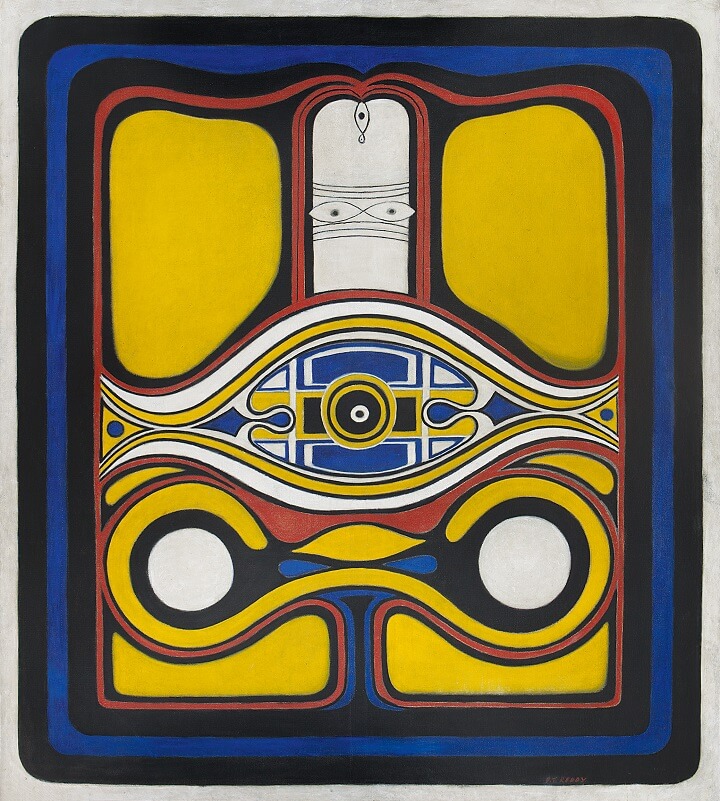
In a distinctive style that addresses her penchant for stark socio political themes and engagement with leftist philosophies, Navjot Altaf’s Les Miserables 1974 seems to have emanated from her perspective on the dire socio-economic scenario following the 1971 Bangladesh Liberation war and the events preceding the declaration of Emergency in 1975. In a haunting untitled work painted by KCS Panikar in 1976, a child clutching her tattered doll in one hand and a lone shoe in the other stands against a desolate background ravaged by a nuclear holocaust. This painting was specially created ahead of an Indian pugwash Society meet in Cholamandal attended by the then Prime Minister Indira Gandhi. The figure is reminiscent of the iconic photograph of the ‘napalm girl’ of the Vietnam War. Some other stalwarts whose works are on display are Biren De, Prabhakar Barwe, Avinash Chandra, J Sultan Ali, Bikash Bhattacharjee, Indra Dugar and Rabin Mondal.
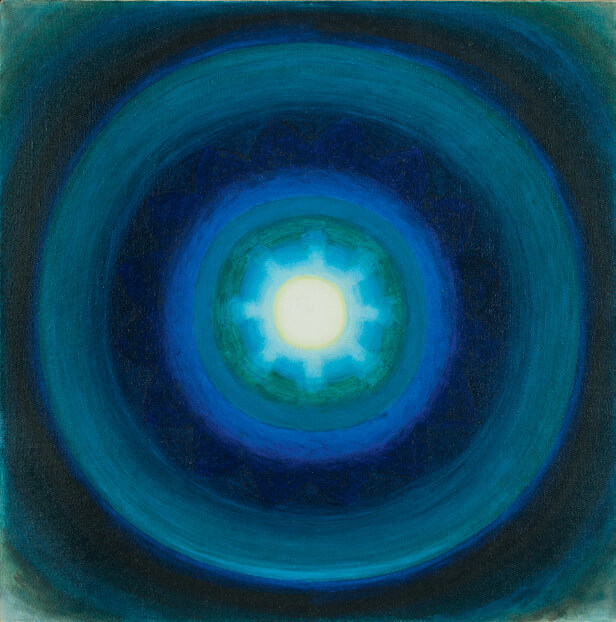
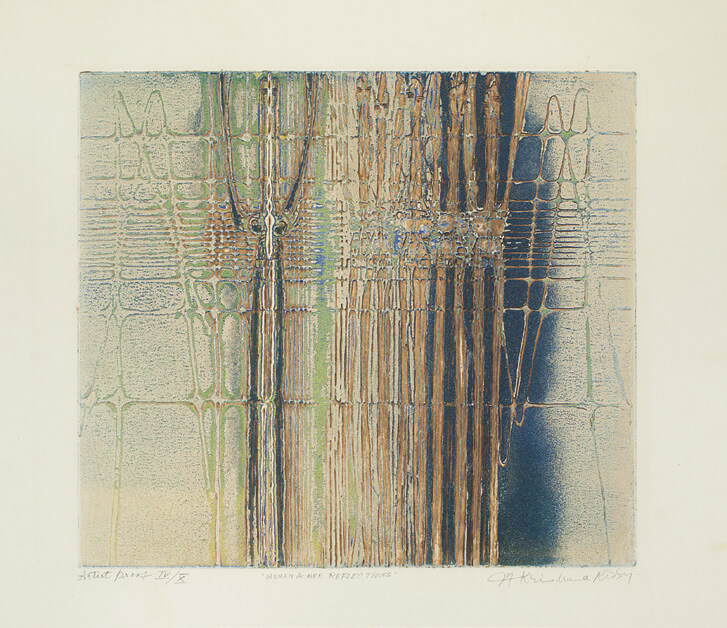
Krishna Reddy, Woman and her Reflections, 1970
On view from December 2 till January 25, this immersive exhibition showcasing visual memoirs of Indian modern art from the seventies lingers on and is a must visit.
Review by Prachi Goyal


